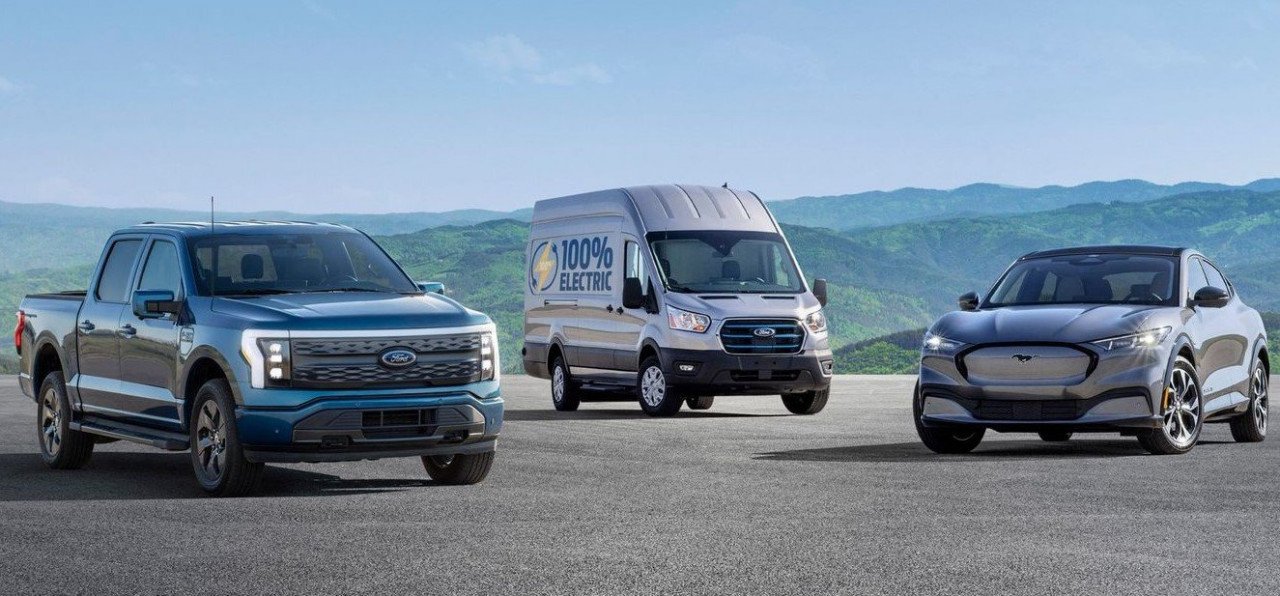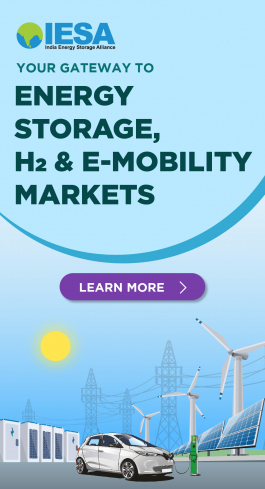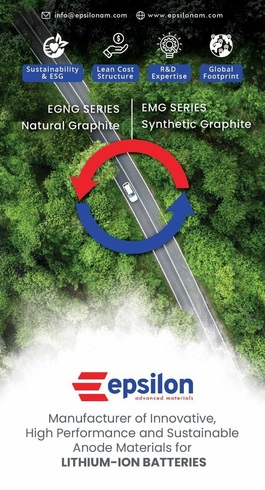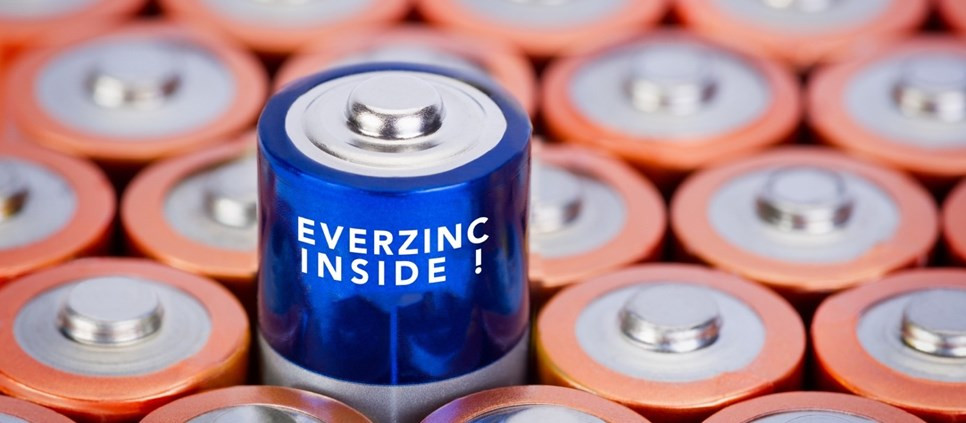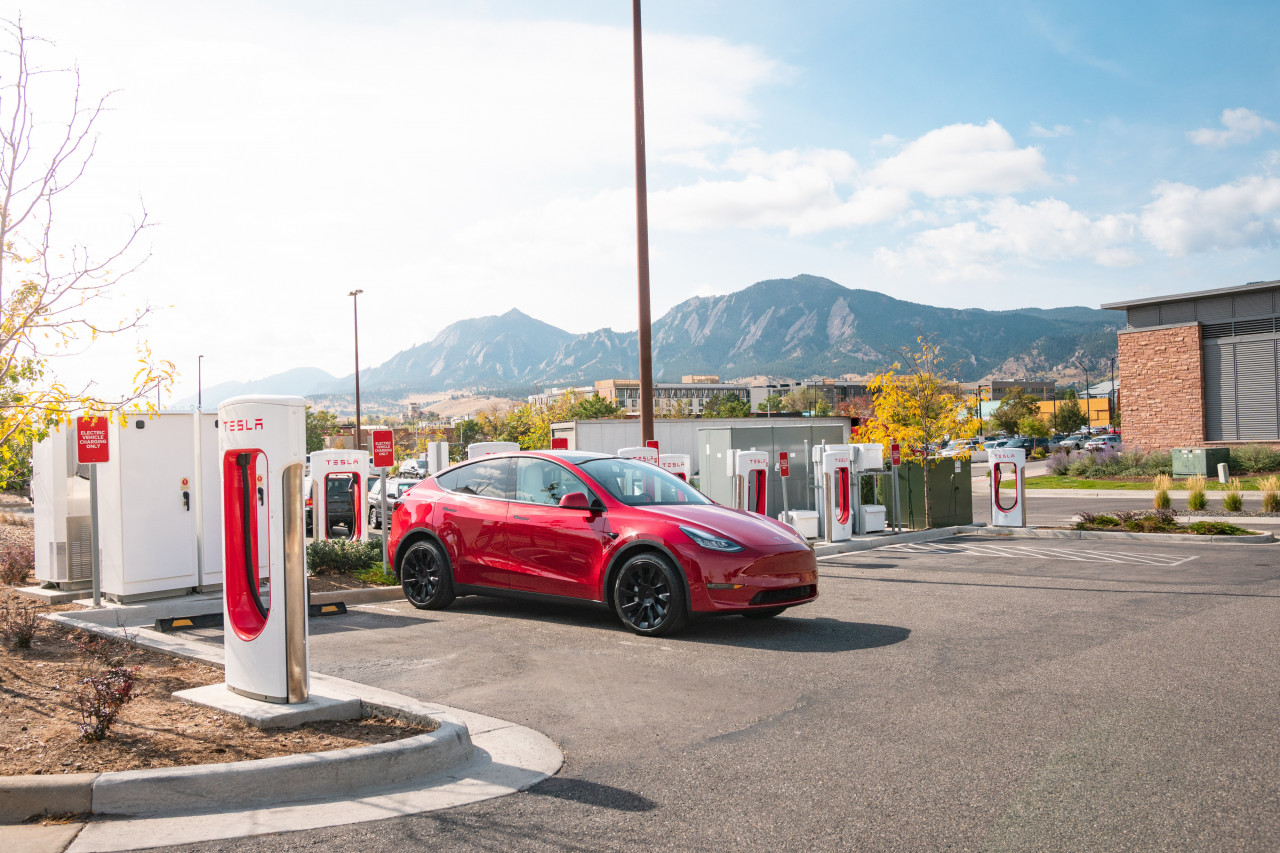Ford secures 60 GWh of annual battery capacity for 600,000 EVs by late 2023
American automaker Ford's recent announcements regarding a series of initiatives for sourcing battery capacity and raw materials has shed clear light on the company's strategic plans to meet the emerging demand for its new-gen electric vehicle in global markets.
The brand expects a CAGR for EVs to exceed 90 percent through 2026, more than double forecasted global industry growth. In this backdrop, the company has set a roadmap to reach a targeted annual run rate of 600,000 electric vehicles by late 2023 and more than 2 million by the end of 2026.
"Ford's new electric vehicle lineup has generated huge enthusiasm and demand, and now we are putting the industrial system in place to scale quickly," said Jim Farley, Ford's president and CEO and president of Ford Model e. "Our Model-e team has moved with speed, focus and creativity to secure the battery capacity and raw materials we need to deliver breakthrough EVs for millions of customers."
Ford has affirmed to create a new EV supply chain that upholds its commitments to sustainability and human rights, while also meeting the targets of realizing more than half its global production to be EVs by 2030 and achieving carbon neutrality globally no later than 2050.
In this regard, the company has claimed to have secured 100 percent of the annual battery cell capacity of 60 GWh needed to support this 600,000 EV run rate by working with leading battery companies around the globe.
This includes partnership with CATL for prismatic LFP cell-to-pack technology, along with its long-standing connection with LG Energy Solution (LGES) and SK On to meet its battery capacity target for late 2023.
Ford is also working with major mining collaborators for the sourcing of most of the nickel needed through 2026 and beyond. The company has signed contracts with Vale Canada Ltd, PT Vale Indonesia for a three-way nickel processing project, Huayou Cobalt for access to 84 kilotons per annum (ktpa) of nickel, and BHP for nickel from its Nickel West operations in Australia.
The company has already locked several key lithium contracts, apart from the recently announced key asset in Western Australia secured through Liontown Resources and a MOU with Rio Tinto from its Rincon project in Argentina.
In terms of localization of battery material processing in North America, Ford has partnered with EcoPro BM and SK On to establish a cathode production facility in the region, along with an agreement with ioneer for lithium carbonate from its Rhyolite Ridge project in Nevada to support EV production beyond 2025.
A non-binding MOU for lithium hydroxide and lithium carbonate with Compass Minerals from its Utah operations on the Great Salt Lake has also been formalized. For natural graphite, Ford is relying on Syrah Resources and SK On's processing site in Vidalia, Louisiana.


